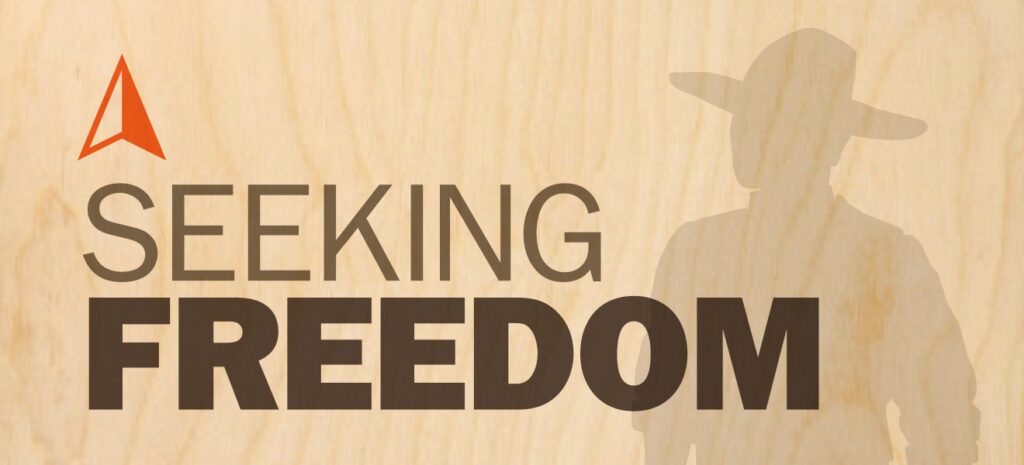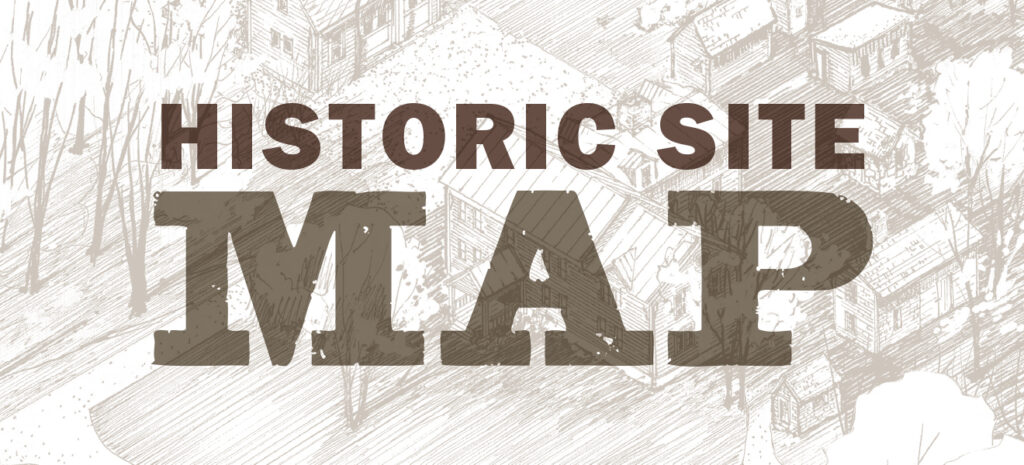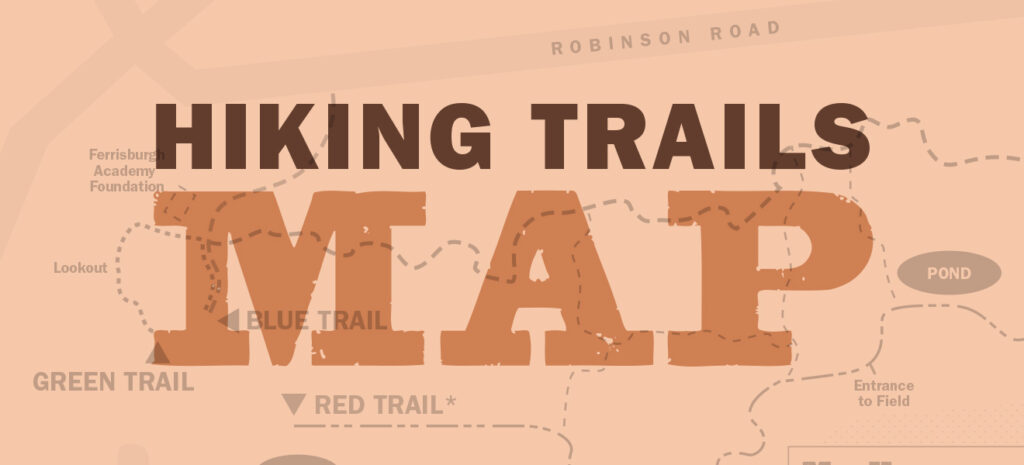Righting the Erasure of Black History and Creating an Inclusive American Story
On February 2, 2021, Rokeby Museum hosted a virtual Black History Month Lecture that explored current efforts to recognize and right missing historical narratives in history. Three panelists joined the conversation to discuss their research and community work to uncover hidden and missing stories in our communities and fight for change to ensure these stories are not lost again.
Read MoreWhat Happens at Rokeby Museum in the Winter Months? A Closer look at our Collections Work

From mid-May to October, Rokeby Museum is open to the public to tour the historic 90-acre site and view our exhibits, but we recently had a patron ask what we do during the rest of year when visitors are not on site?
Rokeby has the privilege of being a multifaceted site, with historic buildings, a modern education center with exhibit space, and the caretaker of a vast collection of museum objects that represent four generations of the Robinson family. The off-season months provide an opportunity to plan for the next season, including programs and the seasonal exhibit. It also allows us to give special attention to the site and the collections.
Read More“Delightful, Complex, and Real People.”
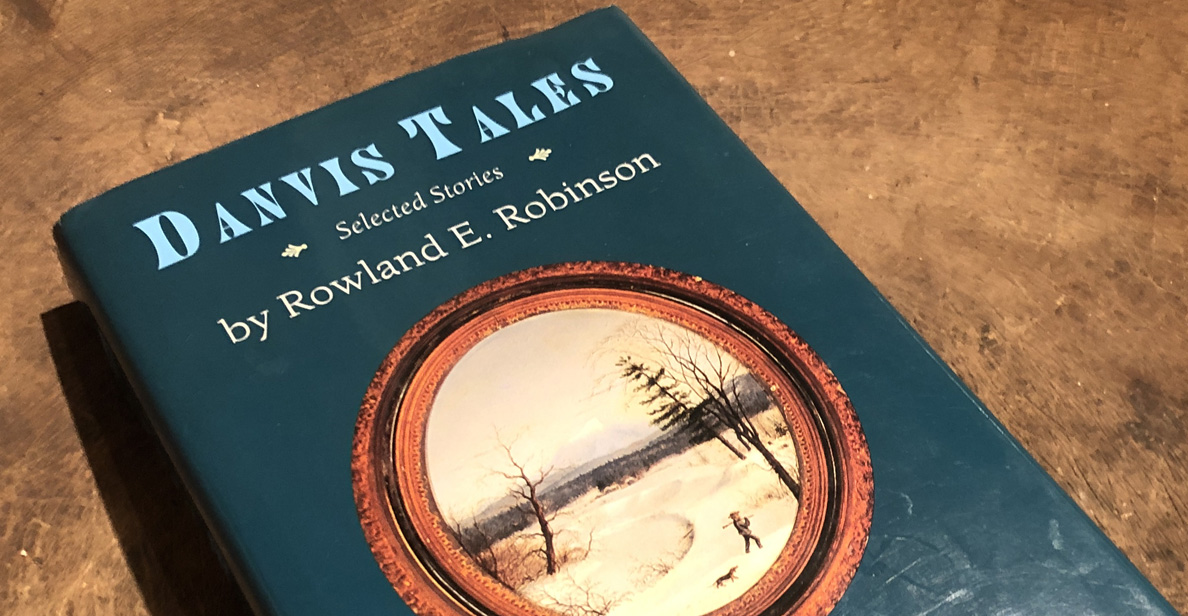
Today’s readers will find both enjoyment and discomfort in Rowland Evans Robinson’s writings. Rokeby feels that Vermont poet and R.E.R. editor and enthusiast David Budbill (1940–2016) explores these dichotomies best in his preface to Danvis Tales: Selected Stories by Rowland E. Robinson:
I first read Rowland Robinson in the early 1970s when my friend Hayden Carruth urged Robinson upon me. I fell in love with him immediately, with his elegant and graceful prose, his precise eye for describing the minute details of the natural world, and with his delightful, complex, and real people.
Read MoreRokeby Museum Distance Drawing Course — Week 6: Illustration
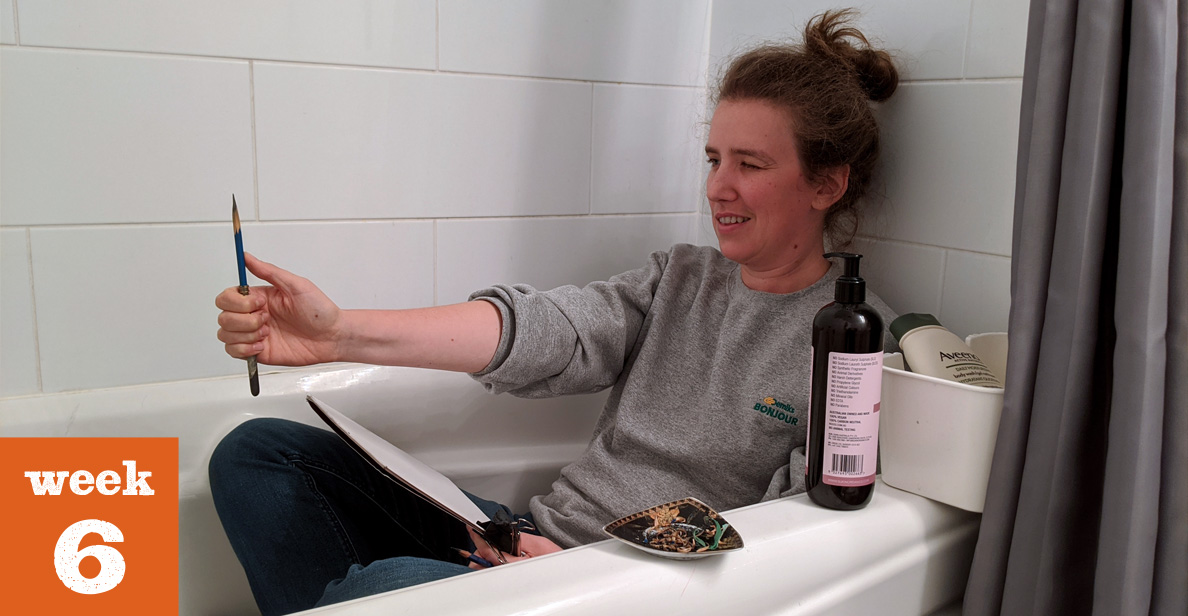
WEEK 1 | WEEK 2 | WEEK 3 | WEEK 4 | WEEK 5 | WEEK 6
Inspired by Rachael Robinson Elmer (1878–1919) and taught by Courtney Clinton, Rokeby Artist in Residence
Dear Student,
Courtney Clinton here, Artist in Residence at Rokeby Museum.
After four great months, my residency is coming to an end this week. Yup, that’s right. This is our last letter! I’m so grateful to Catherine Brooks and the museum for giving me this opportunity. Allison Gregory, Education and Interpretation Fellow, has been an incredible collaborator. She has made sure, despite the border closure, I always have digital access to the museum’s archive!
Together, we have explored not only the lessons of a 19th century drawing course, but also the artistic journey of one of its students, Rachael Robinson Elmer (1878–1919).
Hopefully what has come through with this course is the relationship between engaged observation and the art of drawing. This conception of drawing as a kind of visual research is very different to our modern understanding of art as an expression of self.
With our final lesson, I would like to bridge these two understandings of art and show how we can use the tools that we have developed throughout the course to unlock our creative voice. In this week’s letter, we will explore the production of Rachael’s chef d’oeuvre, her fine art postcard series, Art Lover’s of New York, part of the National Gallery of Art, in Washington, DC. And as an homage we will design our own fine art postcard.
Read MoreBook Review: Isabel Wilkerson’s “Caste: The Origins of Our Discontent”
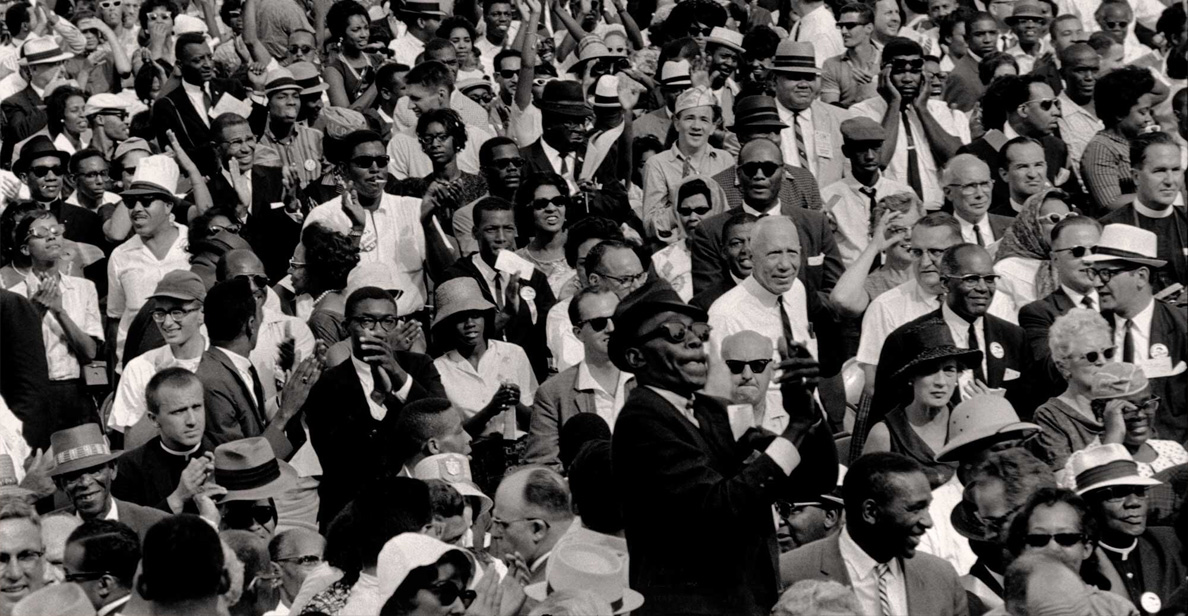
by Richard Bernstein, M.D., Rokeby Museum Trustee
“…Wilkerson pries open the lid on this country’s racism and exposes the underlying truth—that from the beginning, America has created a caste society, Whites on the top, those of African descent on the bottom.”
Isabel Wilkerson’s 2010 work, The Warmth of Other Suns, was an extensively researched and beautifully narrated account of the Great Migration of 1915–1970, which saw nearly 6 million people of color escape the poverty and racial injustice of the South for the promise of better lives in the North only to encounter the same racism and limited opportunities, and sometimes the same overt brutality, in their new homes. Her book introduced many to the largest migration of modern times and a little remarked phenomenon of the twentieth century.
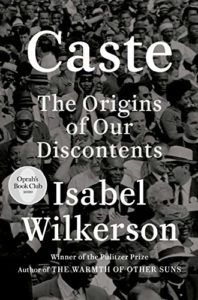
In her latest book, Caste: The Origin of our Discontents, Wilkerson pries open the lid on this country’s racism and exposes the underlying truth—that from the beginning, America has created a caste society, Whites on the top, those of African descent on the bottom. This rigid structure has endured from seventeenth-century Virginia to the present, and it allows those in the dominant caste to deny racist tendencies while supporting a social structure that benefits them to the detriment of those of the lower caste.
Read More Rokeby Museum
Rokeby Museum

